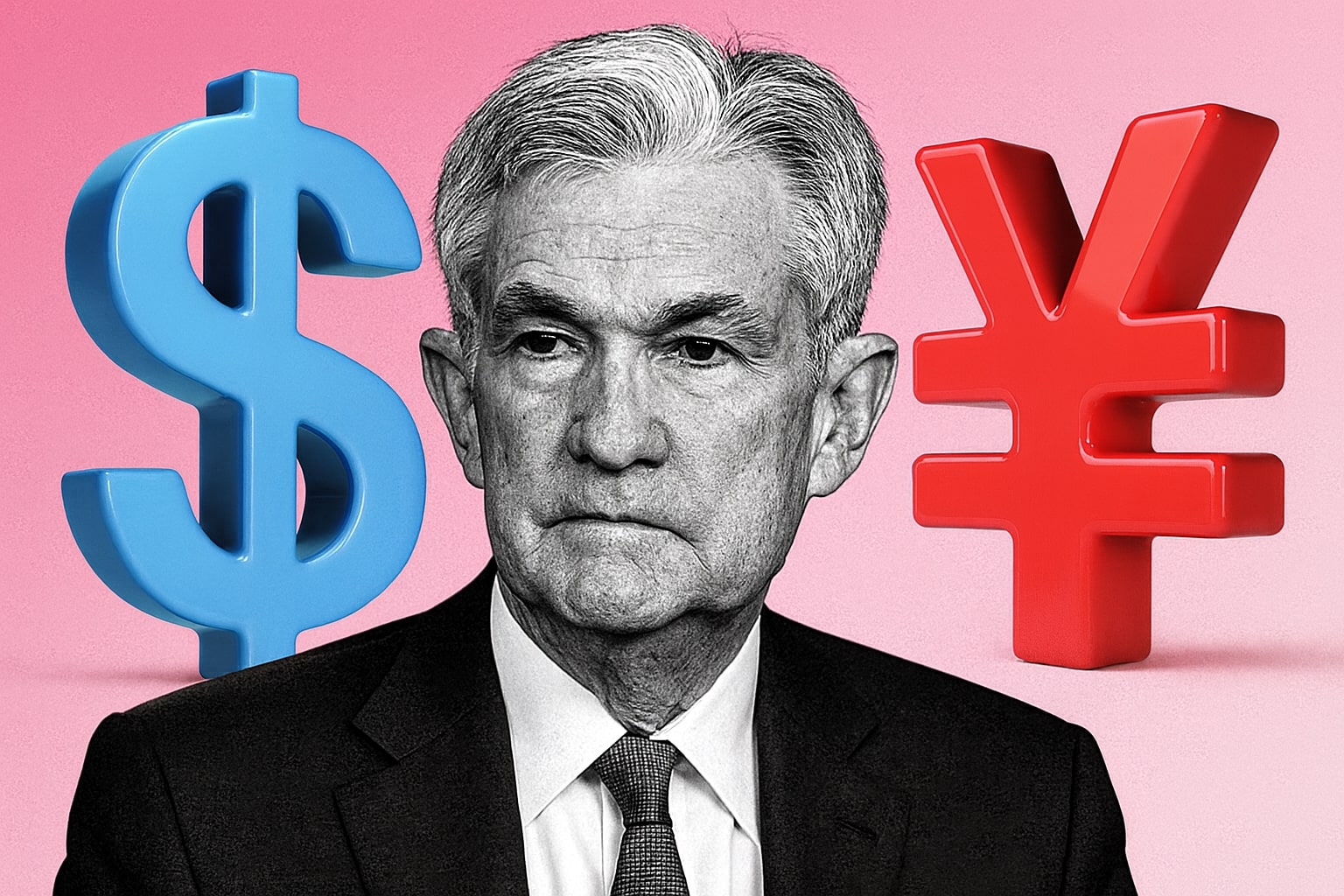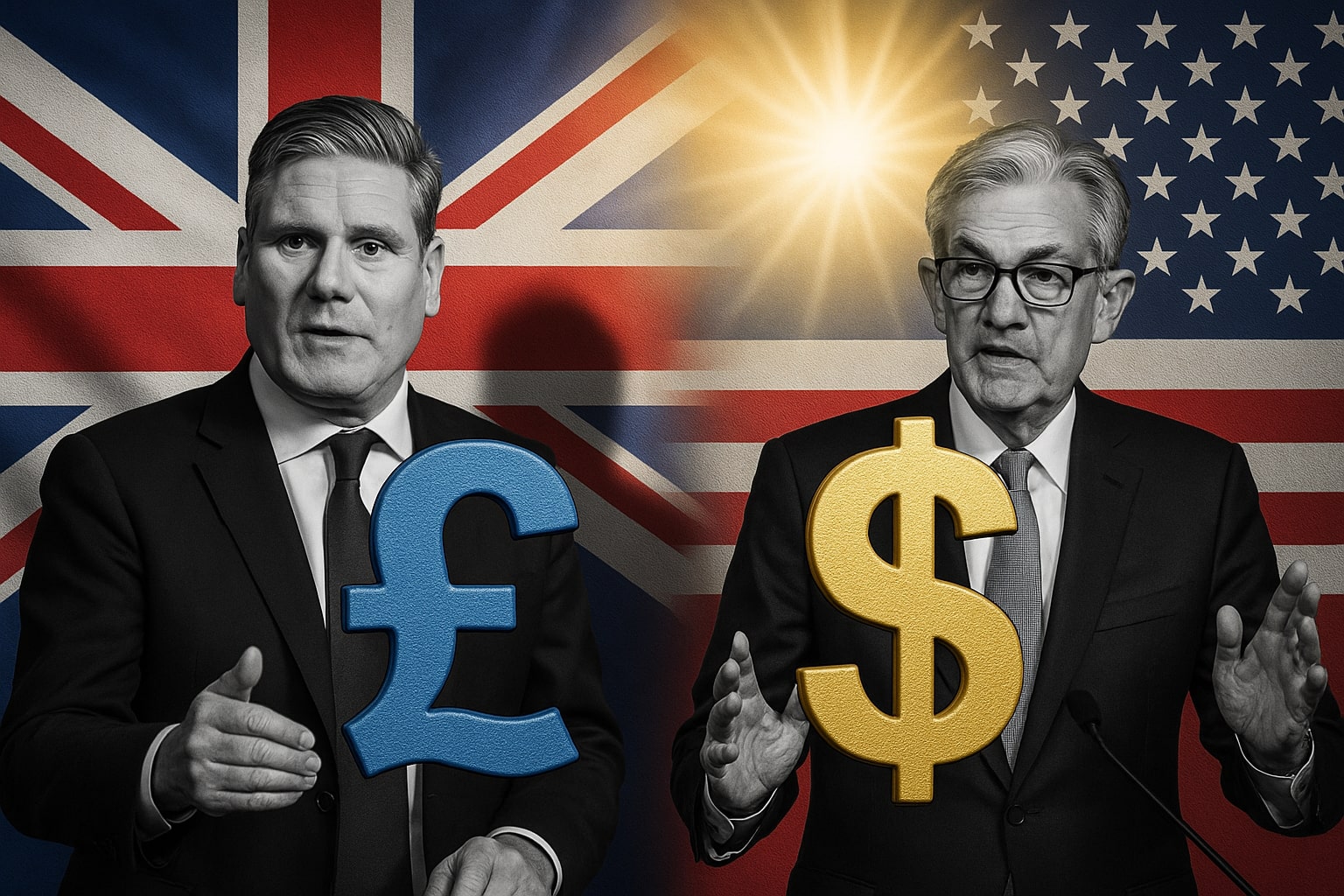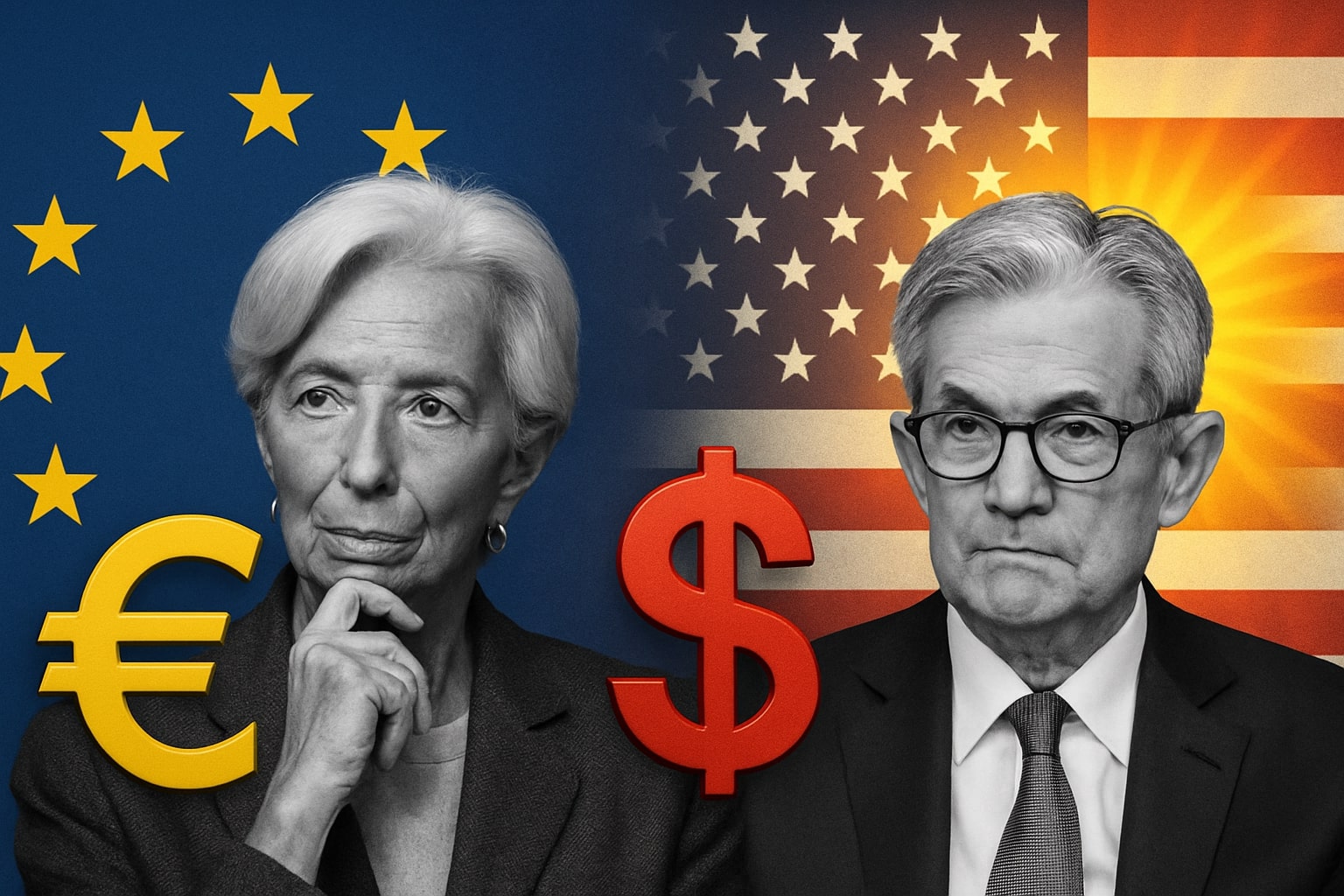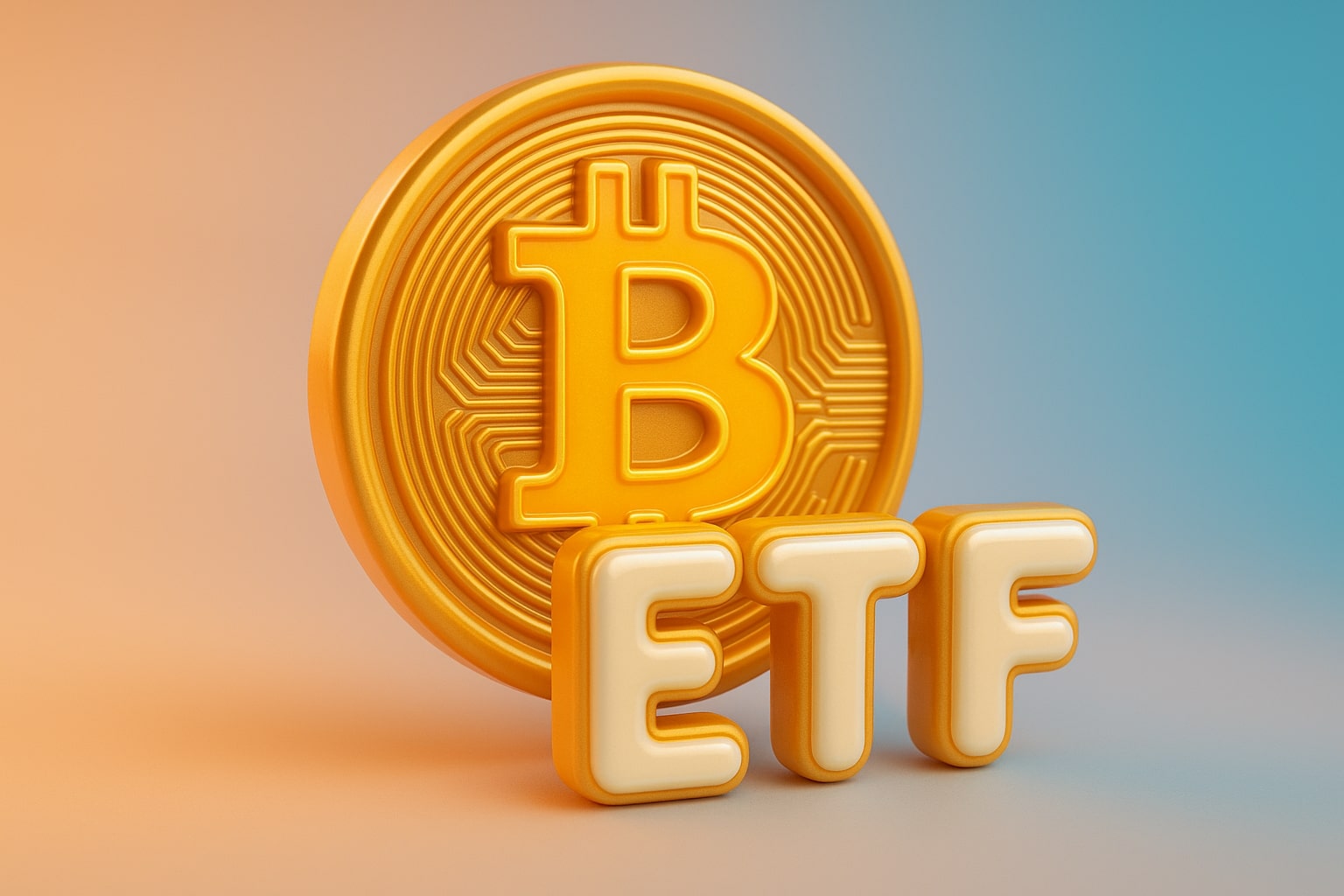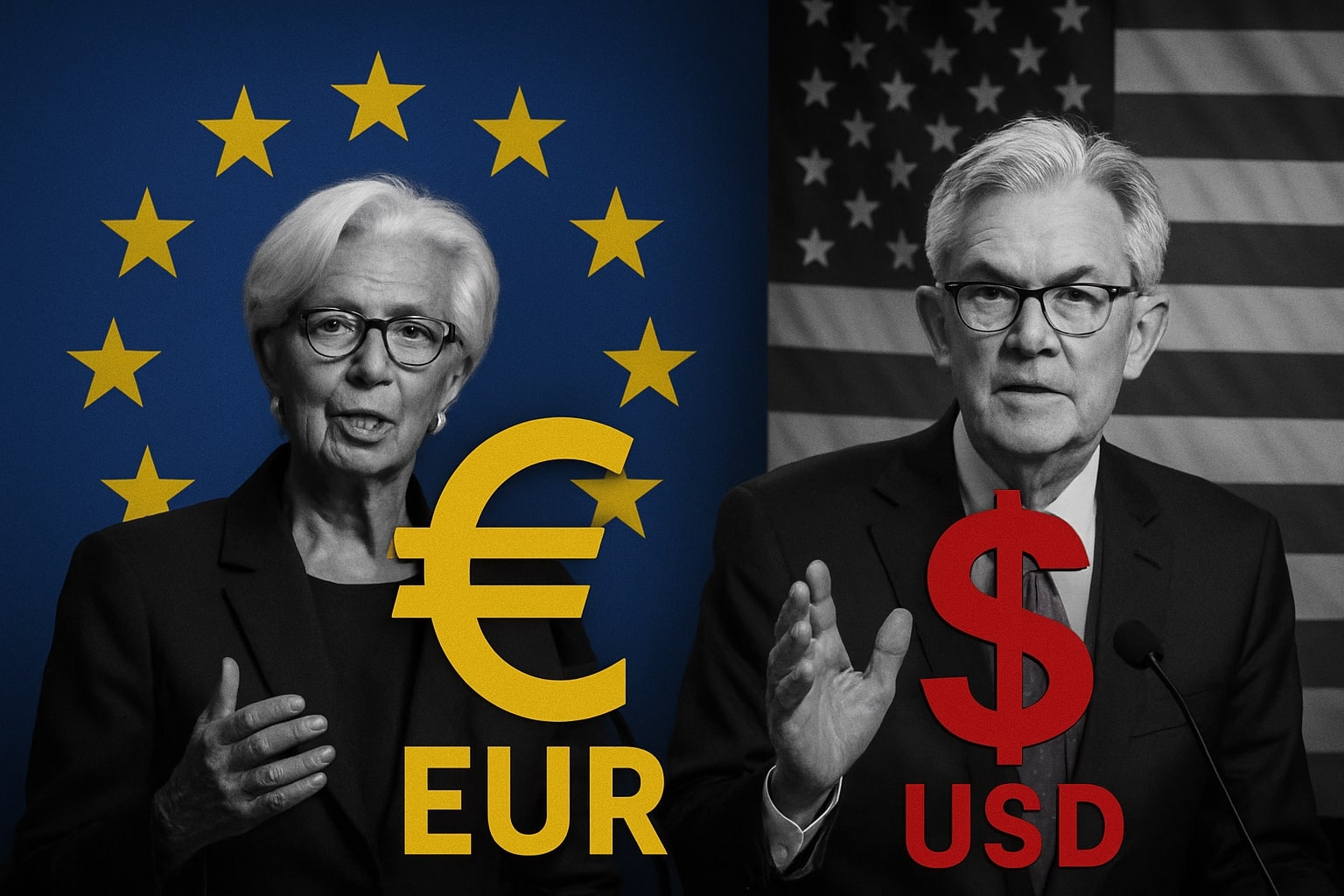
EUR/USD Price Forecast - Euro Weakens to 1.1607; Danske Bank Warns of Tactical Bearish
EUR/USD slips 0.4% this week, trading between 1.1650 and 1.1550, as Fed Chair Powell’s hawkish remarks lift the dollar index to 106.2 | That's TradingNEWS
EUR/USD Falls Toward 1.1550 as Dollar Strengthens, Fed Turns Hawkish, and Eurozone Data Struggles to Hold Momentum
The EUR/USD pair closed the week at 1.1607, retreating nearly 0.4% as the U.S. dollar extended gains across the G10 complex after the Federal Reserve signaled that a December rate cut is “not a foregone conclusion.” The euro briefly touched 1.1650 before sliding back under 1.16, its weakest performance since late September. The renewed strength in the greenback followed a sharp repricing in Fed futures—probabilities of a 25 basis-point cut at the December FOMC dropped from 90% to 63% in a single session—tightening global liquidity and reinforcing the dollar’s dominance.
Fed Policy Turns the Tide for the USD Leg of EUR/USD
The Federal Reserve’s cautious tone reshaped currency flows this week. Chair Jerome Powell emphasized the need to keep policy “data-dependent,” triggering a sharp rebound in U.S. Treasury yields. The 2-year yield climbed to 4.86%, up nearly 15 bps from Monday’s open, while the 10-year note pushed back above 4.35%, giving the dollar its broadest weekly gain since August. The U.S. Dollar Index (DXY) surged toward 106.2, breaking through its 50-day average for the first time in two months. These moves crushed the euro’s attempt to hold above 1.1650, with traders quickly rotating back into dollar-denominated assets amid renewed rate uncertainty.
Eurozone Fundamentals Offer Fragile Support Despite Better GDP Data
The euro’s weakness was partially offset by Eurozone Q3 GDP growth of 0.2% quarter-on-quarter, beating expectations of 0.1%. However, inflation continued to decelerate, with October CPI slipping to 2.4% from 2.8%, reinforcing expectations that the European Central Bank (ECB) will maintain its policy rate unchanged at 4.50% well into 2026. October’s PMI composite held at 51.1, showing marginal expansion but limited acceleration. This moderate growth tone underscores the euro’s tactical vulnerability: while fundamentals show stability, they lack the momentum to counter a resurgent dollar.
Technical Pressure Builds: Resistance at 1.1635, Support Near 1.1525
The EUR/USD technical landscape reflects mounting pressure. The pair’s repeated failures above 1.1635 signaled exhaustion, while the break below 1.1575 exposed downside risk toward 1.1525–1.1450. The 50-day moving average at 1.1580 now acts as immediate resistance, while the 200-day average at 1.0940 remains distant but rising, showing medium-term support. Daily RSI at 44 indicates bearish bias but not yet oversold, suggesting room for further declines. Scotiabank analysts flagged 1.1525 as the critical pivot zone—if breached, the next target sits near 1.1450, levels not seen since early summer.
U.S.–China Trade Truce and Fiscal Headlines Add to Dollar Tailwinds
The U.S.–China trade truce, announced during President Trump’s Asia visit, further stabilized the greenback. The deal includes a reduction of tariffs on Chinese imports, a one-year moratorium on new trade policies, and a commitment by China to resume soybean purchases, easing global risk sentiment but boosting dollar demand through renewed capital flows into U.S. assets. The market’s subdued reaction reflected skepticism about the long-term benefits, but for now, it bolstered U.S. yields—another headwind for the euro.
Danske Bank: “Tactically Bearish, Strategically Bullish” View Takes Shape
Danske Bank maintains a dual-layered outlook on EUR/USD, describing it as “tactically bearish but strategically bullish.” In the short term, the dollar’s yield advantage and Fed’s hawkish hold are likely to keep the pair pressured below 1.1650, but over the longer horizon, political and fiscal factors could shift. The bank projects that political pressure on the Fed to resume easing in 2026—particularly if unemployment rises above 4.2%—could weaken the dollar structurally. Under that scenario, Danske’s strategic target remains 1.22 by late 2026, assuming Eurozone growth stabilizes around 0.3% quarterly and U.S. inflation trends back toward 2.5%.
RBC and ING Forecasts Diverge as Market Debates Long-Term Euro Trajectory
Forecast dispersion highlights the market’s uncertainty. RBC Capital Markets expects EUR/USD to climb toward 1.24 by end-2026, citing a narrowing yield differential once the Fed completes its easing cycle. Conversely, ING sees a more conservative path, with 1.20 as a realistic end-2025 target, driven by a modest Eurozone recovery and persistent Fed caution. Both forecasts imply upside from current levels, yet analysts agree the next quarter may test investors’ patience as the dollar’s short-term strength dominates.
Technical Charts Show EUR/USD at Crossroads Between 1.1550 and 1.14
The weekly chart displays a clear descending channel since the mid-October peak at 1.1710, with sellers controlling momentum. A close below 1.1550 would confirm a continuation toward 1.1400, while a rebound above 1.1635 could ignite a corrective move toward 1.1720, the upper boundary of the summer range. Volume data from CME futures show a 12% increase in short positions last week, indicating fresh bearish positioning. Meanwhile, open interest has climbed to 274,000 contracts, reflecting growing conviction on the downside.
Read More
-
SCHD ETF Price at $27: Can SCHD’s 4% Yield and 9.15% Dividend Growth Beat High-Yield Covered Call ETFs?
15.12.2025 · TradingNEWS ArchiveStocks
-
XRP ETFs Close on $1B Inflows as XRPI at $10.92 and XRPR at $15.52 Hit 52-Week Lows
15.12.2025 · TradingNEWS ArchiveCrypto
-
Natural Gas Price Forecast: NG=F Holds the $4 Floor as Oversupply Clashes with 2026 LNG Demand
15.12.2025 · TradingNEWS ArchiveCommodities
-
USD/JPY Price Forecast - Dollar to Yen At 155: Yen Strength Builds As BoJ Hike And NFP Collide
15.12.2025 · TradingNEWS ArchiveForex
Macro Correlations Reinforce Dollar Bias Amid Global Rate Divergence
The broader macro context continues to favor the U.S. dollar. While the Fed funds rate stands at 5.25–5.50%, the ECB deposit rate is capped at 4.50%, and market pricing now reflects only a 25% chance of further tightening in Europe before 2026. That interest rate spread of roughly 100 basis points sustains capital outflows from the euro area, particularly into short-duration U.S. assets. Concurrently, the U.S. labor market remains resilient, with unemployment steady at 3.8% and job openings above 8.7 million, contrasting sharply with the euro area’s fragile employment growth.
Trader Sentiment and Positioning Reflect Bearish Near-Term Bias
Retail trader positioning from CFTC data reveals 58% net long exposure on the euro, a contrarian indicator suggesting further downside risk. Institutional traders, however, remain largely neutral, balancing U.S. macro strength against European stabilization. Futures implied volatility sits at 6.3%, down from 7.1% last month, indicating the market is bracing for a consolidation phase before the next directional break. Options skew remains tilted toward puts, implying traders are hedging against a move below 1.1500 in the short term.
Outlook: Short-Term Pressure Persists, Strategic Upside in 2026
The short-term landscape for EUR/USD remains bearish, dominated by U.S. yield momentum and Fed restraint. However, the pair’s medium-term structure continues to favor a gradual recovery once rate differentials narrow. The key question lies in timing: whether the euro can hold the 1.15 handle long enough for macro fundamentals to turn.
Decision: HOLD — Near-Term Bias Bearish Toward 1.1450; Strategic Bullish Bias for 2026 Targeting 1.20–1.24 Range.














